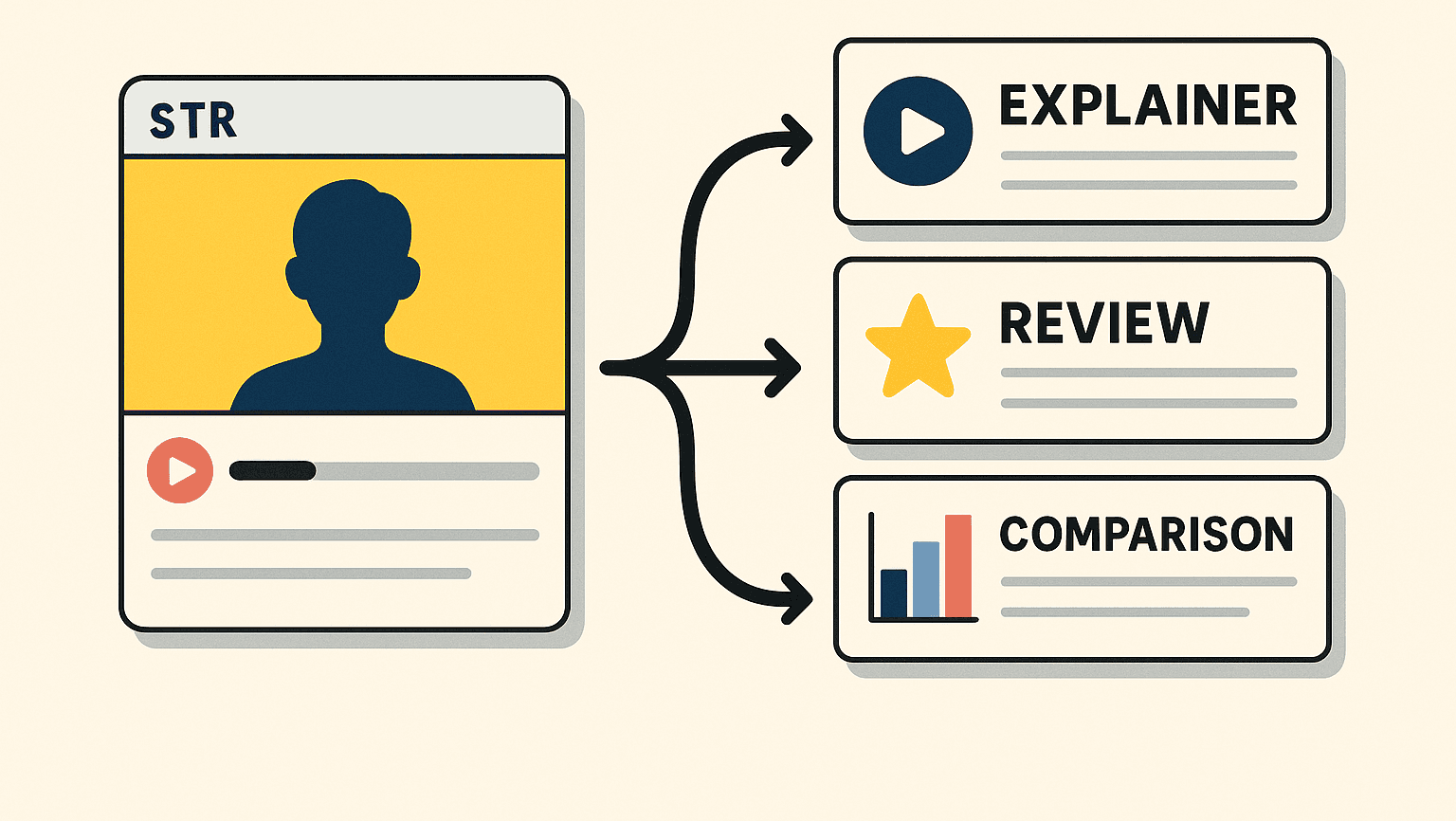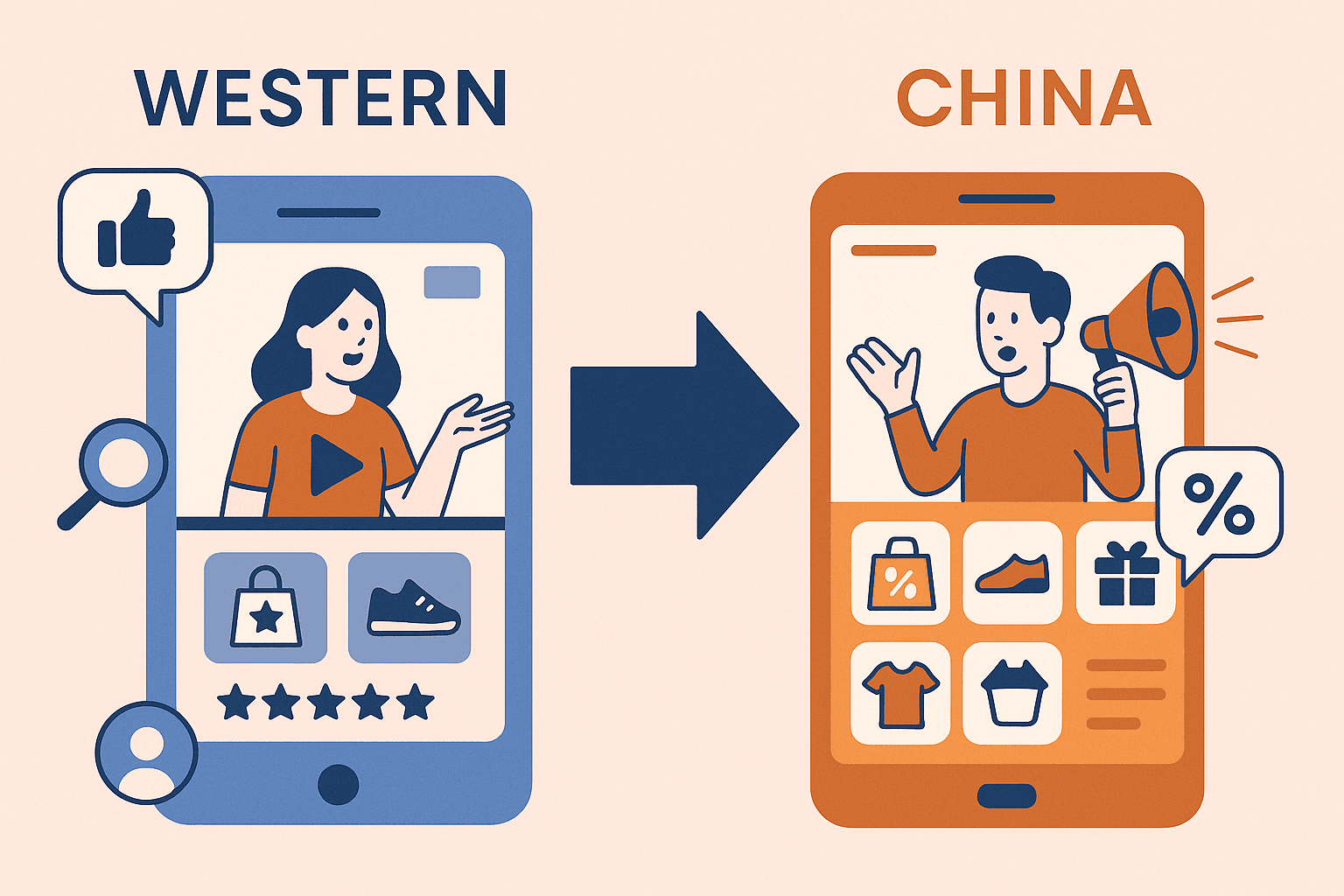Pricing Without Panic: Pack & Promo Plays for Volume-Led Growth

TL;DR
- Design the ladder, then price it. Packs create choice; price guides it. Smart architecture nudges profitable trade-up instead of teaching people to wait for discounts.
- Aim promos at switching moments. Don’t subsidize customers who were already going to buy — target those still deciding.
- Signal value beyond price. Guarantees, specs, and social proof do more for confidence than another 10% off code.
Why This Matters Now
It’s 2025, and pricing feels like walking a tightrope in a windstorm. Everyone’s cost-conscious, competitors are loud, and your finance team is ready to tattoo “margin” on your forehead.
But here’s the catch: growth still matters. And while “just discount it” sounds easy in meetings, it’s how good brands quietly drain their profitability — one promo code at a time.
The smarter play is what the best consumer brands are already doing:
build pack architecture that gives shoppers meaningful choice, then use targeted promotions to guide them toward the most profitable outcome.
It’s volume-led growth — minus the panic button.
The Problem With Panic Pricing
When pressure hits, teams default to promotions because they’re immediate and visible.
It’s the marketing equivalent of ordering fast food at 11 p.m. — comforting, fast, and full of regret.
Blanket discounts don’t just cut into margins; they train customers to wait for the next one. You can’t build loyalty on “when’s the next sale?”
That’s why architecture before discount matters. When your pack ladder is well-designed — entry, core, hero — each customer finds something that fits their need and your margin plan.
Price then becomes a tool for steering, not apologizing.
The Architecture Advantage
Think of pack architecture as the choreography of choice.
- Entry packs get new users in.
- Core packs anchor perception.
- Hero packs drive aspiration and margin.
When done right, you don’t need deep discounts — you just need good direction.
A clear structure tells customers, “You can start small, but there’s something worth upgrading to.”
For example, beverage brands use smaller formats to recruit and larger ones to retain. Skincare lines do this with trial sizes → full-size → bundles. It’s the same principle everywhere: choice builds growth; clarity builds trust.
Promotions: The Strategy, Not the Fire Drill
A promotion should feel like a reward for timing, not a desperate plea.
The trick? Use promos at switching moments: new category entrants, competitive conversions, or seasonal peaks when shoppers are genuinely evaluating options.
That’s when a limited-time incentive feels earned, not random.
Everything else just shouts, “We didn’t plan for this quarter.”
Also — let’s get real — your loyal buyers don’t need another discount. They need reasons to stay, not excuses to spend less.
Signaling Value (Without Cutting Price)
When price sensitivity rises, consumers don’t necessarily want cheap — they want confidence.
Three signals do that better than any discount:
- Proof – Reviews, guarantees, and transparent specs.
- Performance – Clear results, comparisons, or demos.
- Practicality – Delivery, returns, and convenience that make the purchase feel risk-free.
A guarantee can drive the same lift as a markdown — without the hangover of reduced AOV.
What to Do This Month
- Map your ladder. Define entry, core, and hero SKUs — and note where gaps or cannibalization risks exist.
- Plan promos with intent. Time them to align with decision windows, not calendar holidays alone.
- Test value signals. Run A/Bs where one variant uses a guarantee, another a discount. Watch which sustains lift post-promo.
- Track lift, not volume. Growth that doesn’t improve margin is just expensive noise.
Evidence & Caveats
BCG studies show brands that align architecture, pricing, and promo cadence grow share and protect EBIT.
Targeted offers can lift incremental volume by 10–15% versus blanket campaigns, while preserving price integrity.
But remember: architecture isn’t static. Markets shift, competitors react, and “hero” SKUs today might be “core” tomorrow. Review quarterly, adjust seasonally, and keep your ladder honest.
FAQs & Objections
“Should we just go EDLP (Everyday Low Price)?”
Not unless you want to compete with supermarkets forever.
Selective promos + clear value cues outperform flat pricing for most brands with real differentiation.
“Can’t AI just optimize pricing?”
It can model, not motivate. Machines see numbers; humans see meaning. Keep the math, but lead with psychology.
“What if our audience is deal-hungry?”
Then make the deal part of a story — bundle, bonus, or exclusive access. Don’t just lower the number; raise the reason.
The Bigger Picture
The brands winning today aren’t cutting — they’re calibrating.
They don’t panic when competitors go on sale; they outsmart them with architecture, confidence, and well-timed generosity.
Pricing isn’t about racing to the bottom — it’s about designing the climb.
And if your next pricing meeting starts with “what can we afford to discount?”, you already know the answer: probably too much.
Take a breath.
Design your ladder.
Then guide people up it — one confident step (and SKU) at a time.
(Because profitable growth isn’t loud — it’s well-planned.)
Read similar content
References (1)
Similar topics

Creators as the New SEM: Build Searchable Trust, Not Just Impressions
When creators become media channels, brands win by making their content discoverable, trustworthy and measurable—not just viral.

Design for Stream→Search: Sequencing Content That Survives the Algorithm
Why brands need content ladders that move people from passive scrolling to active searching—and how to build sequences that compounding attention.

Speed Is a Feature: Site, Support, and Delivery That Convert
Operational speed—page loads, helpful support, clear delivery—now decides who wins the cart.

Loyalty That Changes Behavior (Not Just Points)
Design rewards and service advantages that make people act differently—return more, spend more, advocate more.

Beyond #Ad: Why Affiliate + Long-Term Creators Are Eating Paid Social
One-off influencer posts are dying; long-term creator relationships and affiliate engines now outperform traditional paid social.

Social Commerce Is Growing Up: What to Copy (and Not) from China
Western social platforms are finally maturing into real shopping ecosystems—but China’s playbook isn’t a template, it’s a teacher.